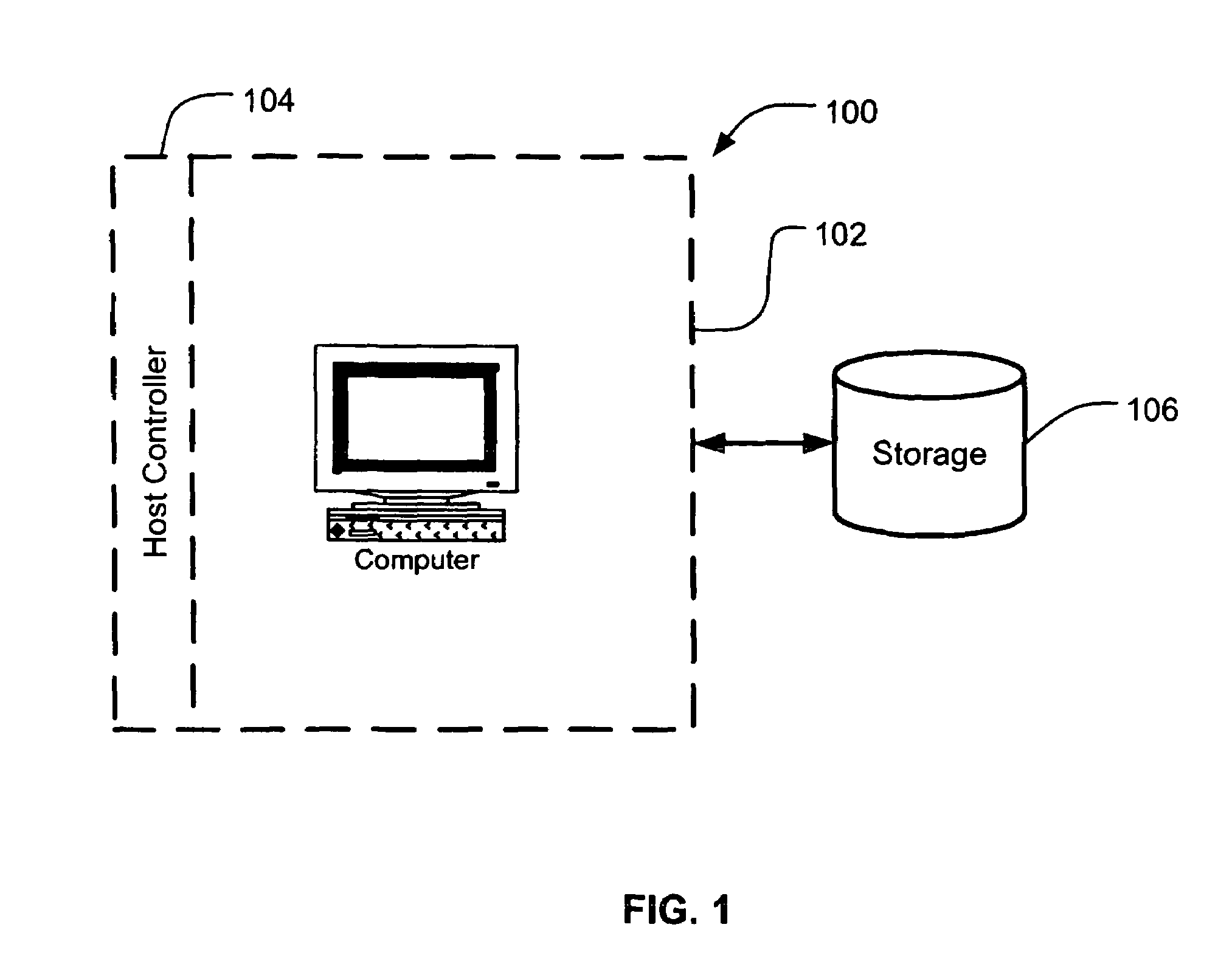Identification and monitoring of systemic lupus erythematosus
a technology of lupus erythematosus and identification and monitoring, applied in the field of identification and monitoring of systemic lupus erythematosus, can solve the problems of chronic inflammation and tissue damage, both diagnosis and monitoring disease activity are problematic, and the diagnosis is problematic, so as to achieve the effect of increasing the level of complement c4d
- Summary
- Abstract
- Description
- Claims
- Application Information
AI Technical Summary
Benefits of technology
Problems solved by technology
Method used
Image
Examples
example 1
Assays of Platelet C4d in Healthy Controls: Negative
[0039]Twenty-five healthy individuals were studied. As shown in Table I, C4d was not detected on platelets of each of the twenty-five healthy individuals. Samples of 1 mL of EDTA-anticoagulated peripheral blood were taken from each individual and used as a source of platelets. The platelets were washed and resuspended in Fluorescence-Activated Cell Sorter (FACS) buffer. Levels of C4d and CD42b were measured by two color indirect immunofluorescence using monoclonal antibodies specific for C4d and CD42b, respectively. Levels of C4d and CD42b are quantitated by Flow cytometry using a FACSCalibur cytometer (Becton Dickinson). The platelets were identified by forward and side scatter and CD42b-fluorescence, and the mean fluorescence channel (MFC) was determined for C4d.
[0040]More particularly, blood was drawn into 4 cc Vacutainer tubes containing 7.2 mg EDTA as an anticoagulant (Becton Dickinson, Franklin Lakes, N.J.), and processed wit...
example 2
Assays of Platelet C4d to Distinguish Patients with SLE from Healthy Controls
[0041]This example describes conducting assays on patients to diagnose systemic lupus erythematosus, and to establish reference values or ranges of values for complement component C4d.
[0042]For this purpose, we recruited 115 patients with lupus from our outpatient office. A single determination platelet C4d was made in 115 individuals who met ACR criteria for the diagnosis of SLE (Table II) and in 35 healthy controls (Table I). The mean and median values of CR1 and C4d for patients with SLE and healthy controls are shown in Table IV. Whereas the mean value for C4d in healthy individuals was −0.39, the mean value for C4d among patients with SLE was 2.65 (p=0.0001).
[0043]
TABLE IHealthy Controls (n = 25)Mean MFC = −0.39 Range (−1.17)-(+0.87)Platelet C4dMFC2003−0.282005−0.232006−0.512007−0.0520080.2020090.152010−0.392011−0.712013−0.9620170.872020−0.292021−0.5620220.382025−0.732026−0.242027−0.342028−0.742029−0.0...
example 3
Assay of Platelet C4d for Distinguishing Patients with SLE from Patients with Other Diseases
[0046]These studies of patients with SLE vs. healthy controls were followed by studies to compare patients with SLE with patients diagnosed with diseases other than SLE (n=103). For this comparison, we studied patients with systemic sclerosis (n=13), rheumatoid arthritis (n=17), osteoarthritis (n=2), hepatitis C virus infection (n=14), polymyositis / dermatomyositis (n=8), Sjogren's syndrome (n=2), urticarial vasculitis (n=1), sickle cell anemia (n=8), overlap syndrome / undifferentiated connective tissue disease (n=12), leukemia / lymphoma (n=9), primary Raynaud's syndrome (n=3), hemophilia (n=2), and psoriatic arthritis (n=2). A single determination of platelet C4d was made using the same assay. The mean and median values of C4d for patients with SLE, as compared with patients with other diseases, are shown in Table IV. Whereas the mean value for C4d in patients with other diseases was 0.53, the ...
PUM
| Property | Measurement | Unit |
|---|---|---|
| fluorescent | aaaaa | aaaaa |
| photosensitivity | aaaaa | aaaaa |
| physical examination | aaaaa | aaaaa |
Abstract
Description
Claims
Application Information
 Login to View More
Login to View More - R&D
- Intellectual Property
- Life Sciences
- Materials
- Tech Scout
- Unparalleled Data Quality
- Higher Quality Content
- 60% Fewer Hallucinations
Browse by: Latest US Patents, China's latest patents, Technical Efficacy Thesaurus, Application Domain, Technology Topic, Popular Technical Reports.
© 2025 PatSnap. All rights reserved.Legal|Privacy policy|Modern Slavery Act Transparency Statement|Sitemap|About US| Contact US: help@patsnap.com

